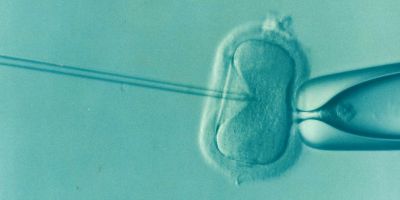University to lead medical technologies audit
University of Leeds-led consortium has been chosen by the Government to carry out an audit of research, innovation and industry in medical technologies.
The Science Innovation Audit contract, announced in today’s Autumn Statement, was awarded in recognition of the Leeds City Region consortium’s significant expertise and strength in this field.
The audit will explore how innovation and growth in medical technologies in the UK can be delivered through:
- World-leading cross-disciplinary research in academia
- Training and development of a new generation of multidisciplinary engineers and technologists
- Pro-active involvement of patients and the public
- Convergence of emerging technologies from different disciplines and sectors, into improved medical technology products
- The convergence of efforts in industry, UK Research and Innovation, the NHS, charities and universities
Professor John Fisher from the University of Leeds will lead the Science Innovation Audit.
He said: “We are uniquely placed to carry out this audit; the Leeds City Region (LCR) is the largest regional economy and academic base outside of London and has established a world-leading concentration of excellence in research and innovation in medical technologies.
“The LCR hosts 16 national centres of excellence in research and innovation in medical technology.
“Our expertise will allow us to investigate how the UK can reach its full potential in the sector, which in 2015 had a global market value of £370 billion.”
The consortium is led by the University of Leeds, working in partnership with the universities of Bradford, York, Huddersfield, Leeds Beckett and Leeds Trinity.
It will collaborate with a range of other bodies including the NHS and the Leeds City Region Enterprise Partnership, the Yorkshire Universities partnership, Government laboratories and national facilities, UK Research and Innovation and the private sector.
More information
See related information from the Chancellor's Autumn Statement (section 4.10)




